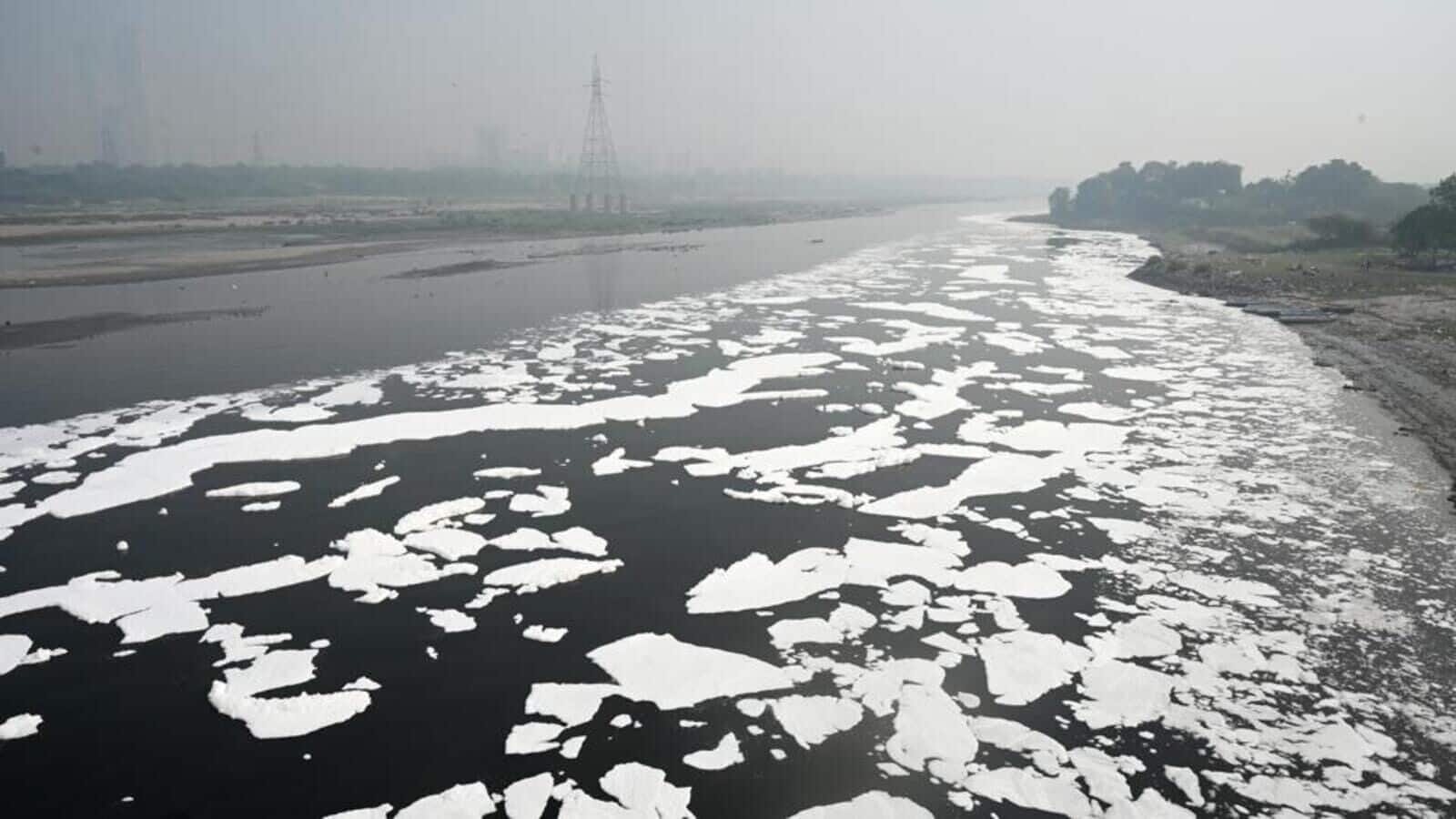
Ammonia level rises in Yamuna, may hit water supply
What's the story
The ammonia concentration in the Yamuna River has shot up to nearly 8 parts per million (ppm) in the last two days.
This spike could affect water production at Delhi's treatment plants, which are only equipped to handle ammonia levels up to 1ppm.
A Delhi Jal Board (DJB) official, who wished to remain anonymous, said, "The water treatment plants have not been shut down yet, but if the situation does not change, water production may be reduced."
Political controversy
Ammonia contamination in Yamuna: A political issue
The problem of ammonia contamination in the Yamuna has turned into a political hot potato, especially during assembly election campaigns.
The Aam Aadmi Party (AAP) had earlier accused the Bharatiya Janata Party (BJP) in Haryana of deliberately polluting the river before elections, a claim that caught the Election Commission's attention.
The BJP, which governs both Delhi and Haryana, has promised to solve water supply issues and clean up the Yamuna.
Persistent issue
Ammonia levels in Yamuna: A recurring problem
Ammonia levels in the Yamuna usually increase during winter and occasionally in summer as untreated industrial chemicals and sewage flow into the river.
The previous AAP government had suggested constructing an ammonia treatment plant at Wazirabad, however, the project never moved beyond the drawing board.
High ammonia levels often compel water treatment plants to curtail output or shut down altogether, affecting Delhi's water supply.
Government response
BJP's pledge to address Yamuna's ammonia issue
The BJP, which is in power in both Delhi and Haryana, has promised to look into these water supply issues and clean up the Yamuna.
Since the BJP also leads the government in Haryana, public expectations are that the issue will be resolved more quickly.
Nevertheless, no official response has been received from the DJB on the recent rise in ammonia levels.